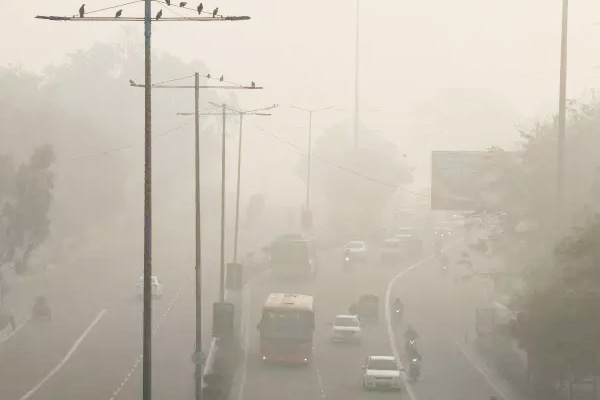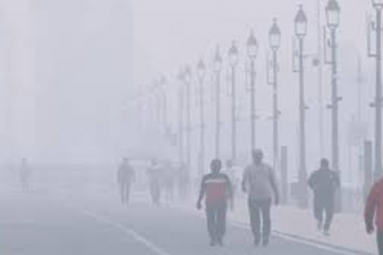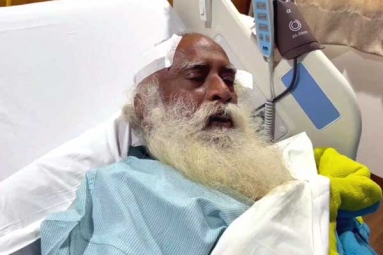
(Image source from: Dtnext.in)
Air pollution accounted for almost 15 percent of all fatalities in Delhi in 2023, making it the biggest health threat in the city, based on a review of the most recent Global Burden of Disease (GBD) information.
This review, which used data published by the Institute for Health Metrics and Evaluation (IHME) earlier this month, calculated that about 17,188 deaths in the capital last year were associated with long-term exposure to PM2.5 pollution. This indicates that one out of every seven deaths in Delhi can be attributed to the harmful air. Even with these concerning statistics, the Union Environment Ministry has stated that there is "no conclusive evidence" directly linking air pollution to deaths, claiming it is just one of several factors involved. Researchers at the Centre for Research on Energy and Clean Air (CREA), who examined the GBD data, emphasized the critical need to treat air pollution as a major health crisis instead of merely an environmental issue.
"We need to prioritize air pollution as a health problem over a mere environmental concern," remarked Dr. Manoj Kumar, an analyst at CREA. "India already has more than 250 studies that show the connection between dirty air and various health problems. The evidence is clear: what we need now is strong and united action," he stated. Dr. Kumar clarified that particulate matter pollution impacts the body in ways beyond just affecting the lungs. When inhaled, these tiny particles can penetrate deep into the lungs, reach the alveoli, and enter the bloodstream. Over time, they build up in blood vessels and can limit oxygen flow to the heart and brain, potentially causing strokes, heart attacks, and other long-lasting illnesses.
"Unless there are significant improvements in Delhi’s air quality, the number of people suffering from respiratory and heart diseases will keep growing," he mentioned.
The GBD assessment reveals that deaths due to air pollution in Delhi rose from 15,786 in 2018 to 17,188 in 2023, despite authorities rolling out several plans to manage air quality. The number of deaths tied to high blood pressure and diabetes also climbed during this time but still remained lower than those associated with air pollution. After air pollution, the other leading risk factors for deaths in 2023 were high systolic blood pressure (12.5 percent), high fasting plasma glucose or diabetes (9 percent), high cholesterol (6 percent), and obesity (5.6 percent). CREA researchers pointed out that even with yearly changes, the number of deaths caused by PM2.5 pollution has stayed consistently high, often surpassing those caused by hypertension or diabetes.
Experts state that the pollution issue in Delhi goes beyond the visible winter smog. "Many think that pollution only happens in winter, but harmful exposure happens all year long. It becomes more obvious when the wind slows down and pollutants lie closer to the surface," Dr Kumar mentioned.
As per CREA's most recent study on PM2.5 for October 2025, Delhi was the sixth most polluted city in India, showing an average PM2.5 level of 107 µg/m³ — three times higher than in September. Dharuhera in Haryana was the worst, reaching 123 µg/m³. Notably, the impact of stubble burning on Delhi's PM2.5 levels in October was less than six percent, indicating that local and ongoing sources of emissions, especially from vehicles and industries, are still the main contributors to pollution.
Dr Kumar highlighted that while it's important for the public to be involved, real improvements can only happen with strong government rules and consistent enforcement. "Awareness among people helps, but the government must take charge of regulations and their application. Almost half of Delhi's pollution is caused by vehicles alone," he pointed out. CREA emphasizes that Delhi's data serves as a reminder that controlling air pollution effectively is one of the most significant ways to improve public health, reduce illness, enhance life quality, and increase life expectancy for millions living in the area.



















